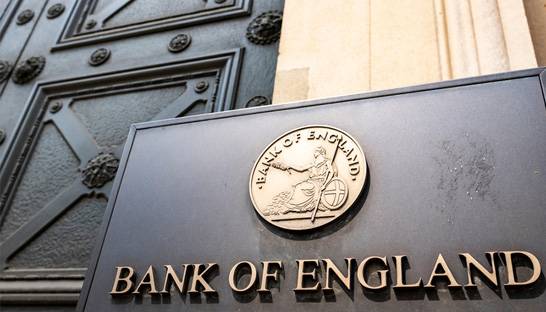The Bank of England cut interest rates as anticipated but may consider slowing the pace of further rate cuts due to expectations of rising inflation
The Bank of England cut interest rates by 25 basis points, lowering them from 5% to 4.75% after an 8-1 vote by the Monetary Policy Committee. This marks the BoE’s second rate cut since 2020, and the central bank is expected to proceed cautiously, anticipating that the new government’s expansive budget—featuring increased spending, borrowing, and taxation—will stimulate faster economic growth and potentially higher inflation, leading to a gradual approach to policy easing in the near term.
Governor Bailey reaffirmed that policymakers will closely monitor inflation to keep it near the target, avoiding risks that could arise from overly rapid or substantial rate cuts. The BoE did not comment on Donald Trump’s recent election victory, which has cooled expectations for aggressive Fed rate cuts, though it noted it would watch for any significant trade policies Trump may implement.
Maintaining a cautious stance on the path of future rate cuts, the BoE appears to be setting a slower pace of policy easing than the European Central Bank. This approach reflects concerns over inflationary pressures from the budget, global risks, and possible new US tariffs, suggesting these factors will persist despite gradual rate reductions.
Following today’s rate cut and hints of a shifting economic landscape, markets now anticipate approximately two additional rate cuts from the BoE in 2025, a reduction from earlier projections for more aggressive easing.
The British pound responded positively to the BoE’s hawkish rate cut, breaking the 1.30 psychological barrier, a key milestone ahead of the significant resistance at the base of the daily Ichimoku cloud at 1.3049. Sterling may continue to find support from the BoE’s inflation forecast, which projects inflation to reach 2.5% by year’s end, peak at 2.7% by the end of 2025, and then gradually decline below the bank’s 2% target towards the end of a three-year outlook period.

